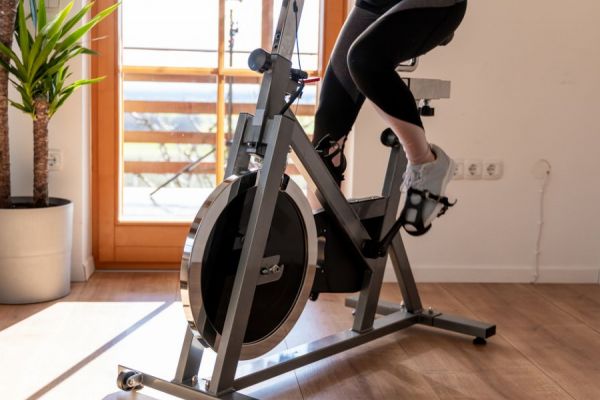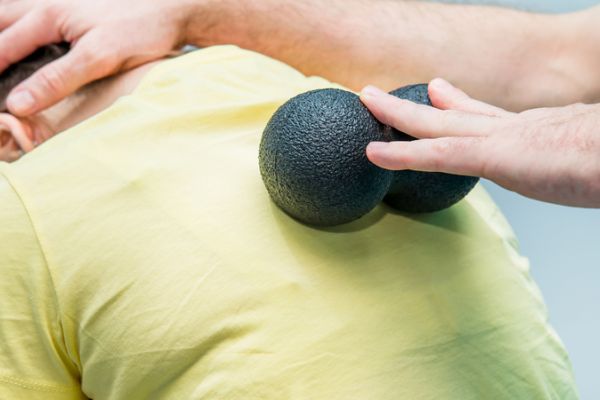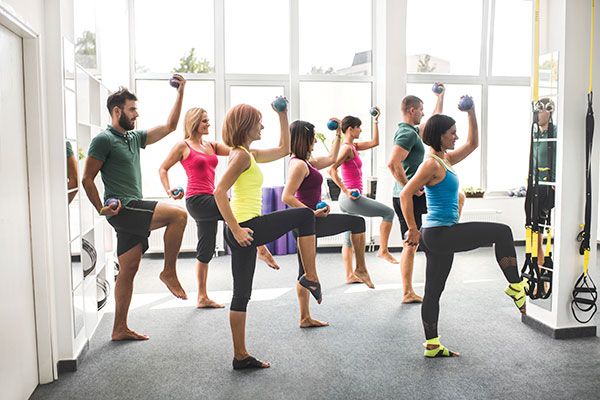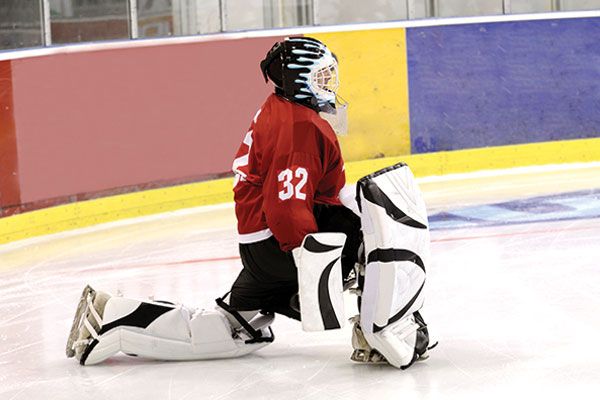What is the rotator cuff, and why is it so easily hurt?

Note: The rotator cuff exercises and/or stretches in this blog are not intended to replace the advice of your clinician. Starting a new exercise, stretch, movement, or activity may result in some expected stiffness and soreness. If you are unsure, please speak to your clinician before attempting any of the suggestions below.
You may have heard the term “rotator cuff” before. It is a common location for a shoulder injury. But what exactly is it? And why is it so easy to injure?
The rotator cuff consists of four muscles that surround the shoulder blade (scapula), and help to hold the arm bone (humerus) in the shoulder capsule. In other words, they help to stabilize the shoulder joint.
Each of the four muscles work in conjunction with one another to provide coordination of movement between the scapula and humerus when exercising, participating in sport, or doing something as simple as lifting an arm overhead. The shoulder joint sacrifices stability for mobility, as a result, a small change in muscle coordination can have dire consequences.

Common shoulder injuries include:
- Rotator cuff tendonitis
- Bursitis
- Rotator cuff tears
- Labral tears
- Ligament strains and tears
Strengthen your rotator cuff to avoid injury
Many of these injuries can be avoided by keeping our rotator cuff flexible and strong. Try these three simple exercises each day to prevent shoulder injury:
- Shoulder stretch: Place arm up on the wall, lean forward into the doorway until a stretch is felt at the front and top of shoulder. Maintain the stretch for 30 seconds, repeat three times.
- Shoulder external rotation: Lay on your side with knees bent, head supported and arm on the side on a rolled towel. Rotate the arm at the shoulder without any other movement. Use a light weight, 3-5lbs. Do 3 sets of 10.
- T raises: Lie face down with your arms out, thumbs up and shoulders back and down. Raise your arms up as you squeeze your shoulder blades together. Lower your arms and repeat. Keep your thumbs up at all times.two sets of 10 repetitions – holding 5 seconds each rep.
If you start to experience shoulder pain, book an appointment with a Lifemark physiotherapist near you who can put you on the path to recovery.
Related Articles
Tips to stay safe and prepare for winter activities this year
How to set up your work environment when working from home
Working with Special Olympics athletes as a physiotherapist
Getting active is just like brushing your teeth
How to use a tennis or lacrosse ball to relieve acute muscle pain
Have you heard of “prehab” for replacement surgeries and how it can help?
How swimmers can prevent and manage shoulder injuries
4 Summer Sports Injuries & How Physiotherapy Gets You Back in the Game
Paddling Basics: Stay Dry and Injury-Free on the Water
Keep yourself safe at work and out of physio
My New Year resolution: To prevent injuries
Keep your stick on the ice this hockey season
Fore! Get on the green and keep your swing healthy
Injured on the field? Physio + sport medicine can help
3 things outdoor runners should remember at the beginning of the season
Hand injury? You might be surprised to learn what physiotherapy can do
Let's keep in touch!
SIGN UP TO GET HEALTH AND WELLNESS INFO RIGHT TO YOUR INBOX
Subscribe to receive the latest health and wellness news and information in your inbox every month.
By subscribing you agree to our privacy policy. You can unsubscribe at any time.


































































We can help you move and feel better.
Book an appointment today.